Shoe racks are an essential addition to any home or establishment. They not only keep shoes organized and easily accessible but also protect them from damage and preserve their longevity. With the plethora of design options available, it is crucial to select a shoe rack that not only matches your personal style but also maximizes functionality. This article explores the various design elements and considerations to help you make an informed decision when choosing a shoe rack. 1. Space Considerations: The first step in selecting a shoe rack design is assessing the available space. Shoe racks come in various sizes and shapes, such as wall-mounted, freestanding, or over-the-door options. Consider the available floor space, the number of shoes you need to store, and the layout of your home. Wall-mounted or over-the-door racks are ideal for smaller spaces while freestanding racks provide more storage capacity. 2. Material Selection: Shoe racks are crafted from a variety of materials, including wood, metal, and plastic. Each offers unique advantages and aesthetics. Wooden shoe racks, often made from sturdy and durable materials like bamboo or hardwood, provide a classic and elegant look.
leather
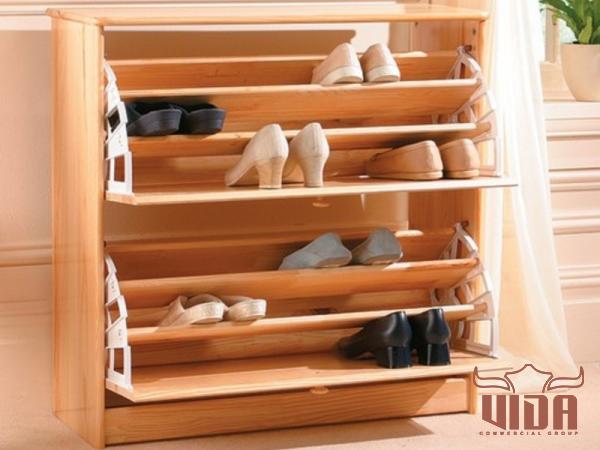 They blend well with traditional or rustic décor. Metal shoe racks are sleek and modern, perfect for contemporary interiors. Plastic shoe racks are lightweight, affordable, and ideal for temporary storage solutions. 3. Number of Tiers and Shelves: Consider the number of tiers or shelves required based on your shoe collection. Shoe racks typically come in two to five tiers, with each tier accommodating a specific number of shoes. If you have a large shoe collection, opt for a shoe rack with more tiers and adjustable shelves to accommodate different shoe sizes. Additionally, if you have various types of footwear, such as heels, boots, or flats, consider racks with different shelf heights or compartments for better organization. 4. Design Features: a) Open or Closed Design: Shoe racks are available in both open and closed designs. Open shoe racks provide easy access, excellent air circulation, and aesthetic appeal, allowing you to display your shoe collection. Closed shoe racks, on the other hand, offer protection from dust and can be a good option if you prefer a clutter-free look. b) Adjustable Shelves: Adjustable shelves allow for customization based on different shoe sizes and types.
They blend well with traditional or rustic décor. Metal shoe racks are sleek and modern, perfect for contemporary interiors. Plastic shoe racks are lightweight, affordable, and ideal for temporary storage solutions. 3. Number of Tiers and Shelves: Consider the number of tiers or shelves required based on your shoe collection. Shoe racks typically come in two to five tiers, with each tier accommodating a specific number of shoes. If you have a large shoe collection, opt for a shoe rack with more tiers and adjustable shelves to accommodate different shoe sizes. Additionally, if you have various types of footwear, such as heels, boots, or flats, consider racks with different shelf heights or compartments for better organization. 4. Design Features: a) Open or Closed Design: Shoe racks are available in both open and closed designs. Open shoe racks provide easy access, excellent air circulation, and aesthetic appeal, allowing you to display your shoe collection. Closed shoe racks, on the other hand, offer protection from dust and can be a good option if you prefer a clutter-free look. b) Adjustable Shelves: Adjustable shelves allow for customization based on different shoe sizes and types.
Specifications of leather
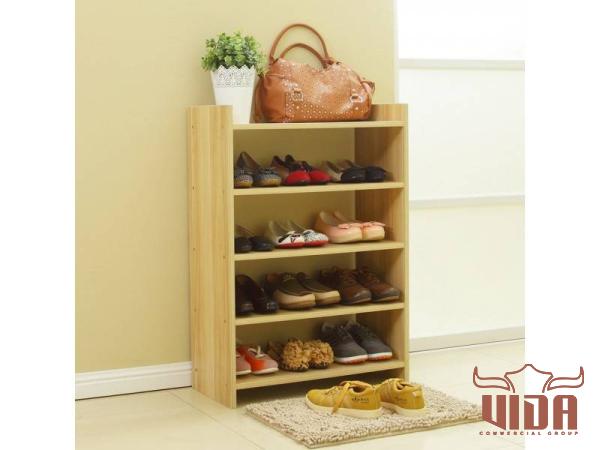 They provide flexibility and adaptability, making it easier to accommodate various footwear options within the same shoe rack. c) Modular or Stackable Racks: Modular shoe racks are designed to be assembled and customized according to individual preferences. They can be easily expanded by adding additional modules, providing scalability as your shoe collection grows. Stackable racks allow for vertical storage, maximizing floor space without compromising storage capacity. d) Shoe Boxes or Racks: Shoe racks are not limited to horizontal shelving; there are options available that incorporate individual cubbies or compartments for each pair of shoes. These compartments provide a neat and organized display, as well as better protection for your shoes. e) Bench or Seating Feature: Some shoe racks are designed with an integrated bench or seating area, allowing you to comfortably sit while putting on or taking off your shoes. These dual-purpose racks are particularly advantageous for entryways or dressing rooms. 5. Style and Aesthetics: Shoe racks come in a wide range of styles, allowing you to blend them seamlessly with your existing décor. Whether your home has a minimalistic, rustic, industrial, or eclectic theme, there is a shoe rack design to suit your taste. Consider the color, finish, and overall design to ensure the rack complements your interior design style. 6. Additional Functionality: a) Storage Accessories: Some shoe racks come with additional storage accessories, such as hooks for hanging bags or clothing, drawers for small accessory storage, or cubbies for other items. Assess your storage needs and opt for a shoe rack that offers multifunctionality.
They provide flexibility and adaptability, making it easier to accommodate various footwear options within the same shoe rack. c) Modular or Stackable Racks: Modular shoe racks are designed to be assembled and customized according to individual preferences. They can be easily expanded by adding additional modules, providing scalability as your shoe collection grows. Stackable racks allow for vertical storage, maximizing floor space without compromising storage capacity. d) Shoe Boxes or Racks: Shoe racks are not limited to horizontal shelving; there are options available that incorporate individual cubbies or compartments for each pair of shoes. These compartments provide a neat and organized display, as well as better protection for your shoes. e) Bench or Seating Feature: Some shoe racks are designed with an integrated bench or seating area, allowing you to comfortably sit while putting on or taking off your shoes. These dual-purpose racks are particularly advantageous for entryways or dressing rooms. 5. Style and Aesthetics: Shoe racks come in a wide range of styles, allowing you to blend them seamlessly with your existing décor. Whether your home has a minimalistic, rustic, industrial, or eclectic theme, there is a shoe rack design to suit your taste. Consider the color, finish, and overall design to ensure the rack complements your interior design style. 6. Additional Functionality: a) Storage Accessories: Some shoe racks come with additional storage accessories, such as hooks for hanging bags or clothing, drawers for small accessory storage, or cubbies for other items. Assess your storage needs and opt for a shoe rack that offers multifunctionality.
buy leather
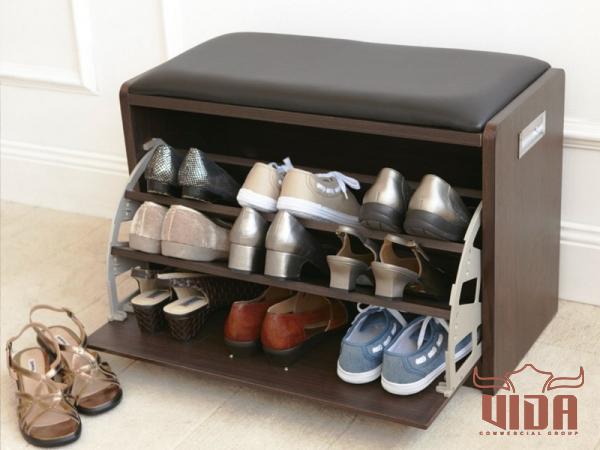 b) Portability: If you frequently need to move or reposition your shoe rack, consider options that are lightweight, easily assembled, and disassembled. Portable shoe racks often have wheels or foldable designs, making them convenient for occasional use or temporary storage. 7. Durability and Maintenance: Consider the durability and maintenance requirements of different shoe rack designs. Wooden shoe racks tend to be more durable but may require periodic polishing or refinishing. Metal racks are typically low maintenance but can be prone to scratches and rust if not treated properly. Plastic racks are the easiest to clean but may not be as durable or long-lasting. Conclusion: Selecting a shoe rack that suits your style and meets your storage needs is essential for keeping your footwear organized. Whether you opt for a wall-mounted, freestanding, or over-the-door design, consider the available space, material, number of tiers, style, and additional functionality. By carefully evaluating these factors, you can find a shoe rack that not only adds functionality but also enhances the aesthetics of your home or establishment, ensuring your shoes stay protected, easily accessible, and neatly displayed.
b) Portability: If you frequently need to move or reposition your shoe rack, consider options that are lightweight, easily assembled, and disassembled. Portable shoe racks often have wheels or foldable designs, making them convenient for occasional use or temporary storage. 7. Durability and Maintenance: Consider the durability and maintenance requirements of different shoe rack designs. Wooden shoe racks tend to be more durable but may require periodic polishing or refinishing. Metal racks are typically low maintenance but can be prone to scratches and rust if not treated properly. Plastic racks are the easiest to clean but may not be as durable or long-lasting. Conclusion: Selecting a shoe rack that suits your style and meets your storage needs is essential for keeping your footwear organized. Whether you opt for a wall-mounted, freestanding, or over-the-door design, consider the available space, material, number of tiers, style, and additional functionality. By carefully evaluating these factors, you can find a shoe rack that not only adds functionality but also enhances the aesthetics of your home or establishment, ensuring your shoes stay protected, easily accessible, and neatly displayed.
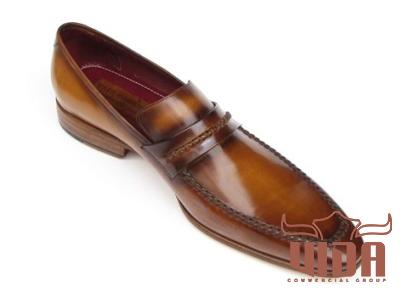
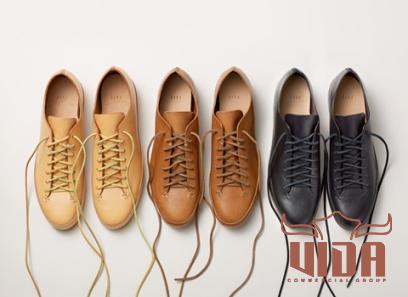
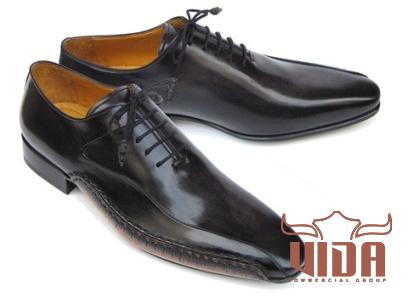
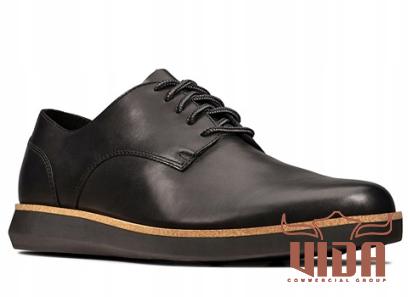
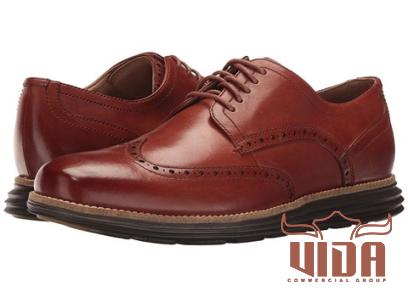
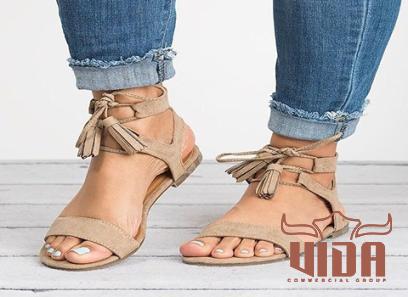
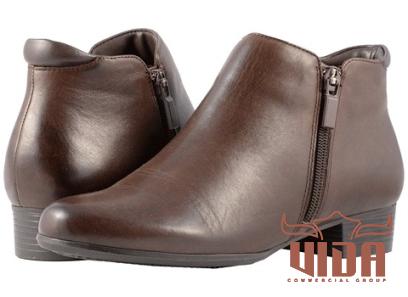
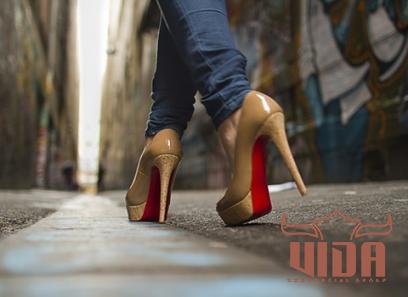
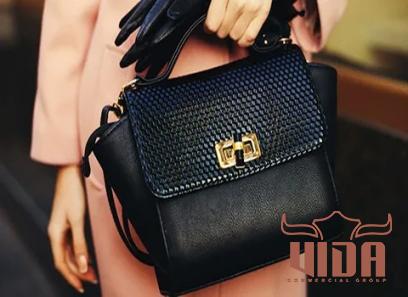
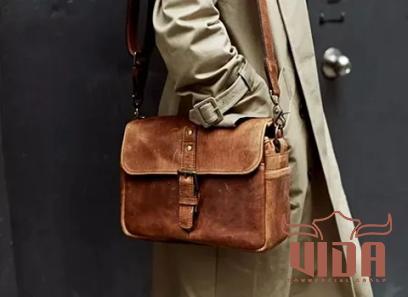
Your comment submitted.